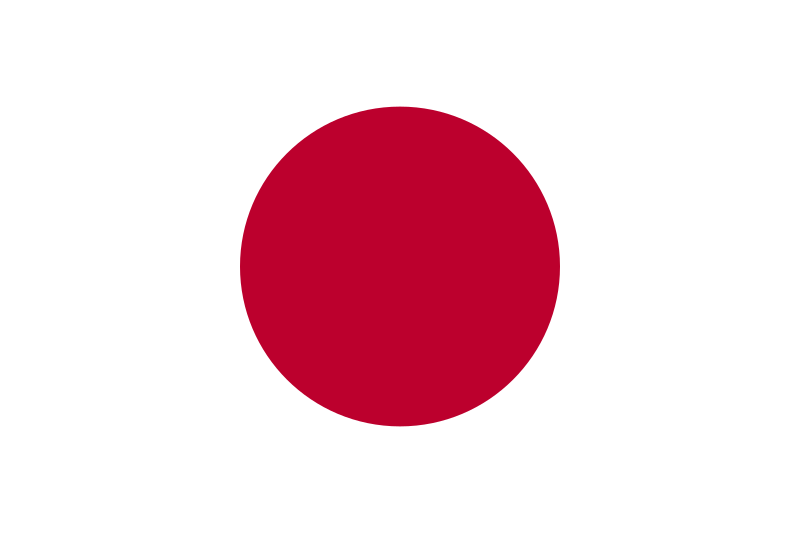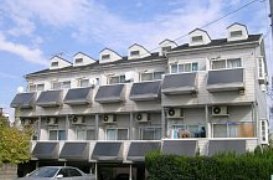Japan: A “Boom and Bust“ Solar Thermal Market
July 7, 2009
Japan was once leading in the solar water heater market. Although being one of the first countries to have solar water heaters installed in 1950, the solar water heater industry has decreased steadily since the 1980’s. In 2007, the country reached a new low with 188,500 m2 of newly installed collector area – not even a tenth of the market volume of 2.8 million m2 it had in the peak year 1980.
In 2008, the market statistics, however, show a slight increase to 231,384 m2, albeit market players are not sure yet about whether this is the beginning of a clear trend upwards.
“The Japanese solar thermal market can be characterised by “boom and bust”, Tetsunari Iida, executive director of the Institute for Sustainable Energy Policies (ISEP) in Japan, explained at the European Solar Thermal Industry Conference (estec2009). After the peak in 1980, the government took measures to assist the industry, but the market for solar thermal heaters has decreased steadily during the past 28 years. The drop in oil prices and cheap costs for conventional heating came to be a big hurdle for implementing solar water heaters in Japanese households at that time.
But other difficulties have also contributed to low market sales. According to Iida, the lack of demand-pull policies, as well as an absent renewable framework and poor product quality represent the main obstacles when trying to establish a better market environment for solar water heaters. The difference to past experiences is that there is a growing awareness of global warming, which has led to higher expectations in renewable energy – even among politicians.
 Development of the Japanese solar thermal market since 1973. The Institute for Sustainable Energy Policies (ISEP) lists larger solar thermal systems (red) separately from thermo siphon systems (blue). The latter is counted at the number of units in the statistics. The market volume of this application is calculated by multiplying the number of systems with the typical collector area of 3.2 m2 per thermo siphon system. Source: ISEP This change of thought should revitalise the solar water heater market. There is already a dim light at the end of the tunnel. The executive director of ISEP stated: ”The solar thermal market in Japan seems to have a revival soon, due to Tokyo’s initiatives on policies.” The Tokyo Metropolitan Government (TMG) implemented a green heat certificate system at the beginning of the year, which pays a certain incentive for reduced greenhouse gas emissions from solar thermal installations. Tokyo’s model will influence the decision of other major Japanese cities to make better use of solar thermal technologies.
Development of the Japanese solar thermal market since 1973. The Institute for Sustainable Energy Policies (ISEP) lists larger solar thermal systems (red) separately from thermo siphon systems (blue). The latter is counted at the number of units in the statistics. The market volume of this application is calculated by multiplying the number of systems with the typical collector area of 3.2 m2 per thermo siphon system. Source: ISEP This change of thought should revitalise the solar water heater market. There is already a dim light at the end of the tunnel. The executive director of ISEP stated: ”The solar thermal market in Japan seems to have a revival soon, due to Tokyo’s initiatives on policies.” The Tokyo Metropolitan Government (TMG) implemented a green heat certificate system at the beginning of the year, which pays a certain incentive for reduced greenhouse gas emissions from solar thermal installations. Tokyo’s model will influence the decision of other major Japanese cities to make better use of solar thermal technologies.
For now, Japan struggles with its CO2 emissions and tries to find proper solution. A survey conducted by the NGO Japan for Sustainability showed that 26 % of respondents think Japan should have stricter targets in favour of more energy-efficiency. 20 % even complained that Japan should show some leadership and responsibility. Junko Edahiro, chief executive of the NGO Japan For Sustainability, commented: “We learned that both developed and developing countries expect to see some leadership from Japan. By setting the right targets, Japan has the chance to show leadership not only in technological developments, but also in setting and realizing targets that will reduce CO2 emissions.” The targets are extraordinary – hopefully, they will help to increase demand in the national solar water heater market.
More information:
Institute for Sustainable Energy Policies: http://www.isep.or.jp
Tokyo Metropolitan Government (TMG): http://www.kankyo.metro.tokyo.jp/kouhou/english/index.html
Japan For Sustainability:
http://www.japanfs.org/en
Text was written by communication specialist Hanna Schober based in South Africa.
Schober@solrcio.com


